The Riotoro Onyx Power Supply Review: 650W & 750W Tested
by E. Fylladitakis on March 23, 2017 10:00 AM ESTExternal Appearance
We should start by mentioning that, with the exception of the stickers and one extra connector at the front of the 750W model, there are no physical differences between the 650W and the 750W version of the Onyx. Externally, the Riotoro Onyx is a simple-looking PSU. The chassis has been sprayed with a matte black paint and the finish is good, but the paint itself is highly prone to fingermarks.
Stickers with the company logo, the series and the power rating of the PSUs can be found on the sides of the chassis. One large sticker with the electrical certifications and specifications of the PSUs take up most of the top. A metallic round badge with the company logo decorates the center of the finger guard, right above the fan’s engine.
The front side of the PSU is mostly plain, with the connectors for the modular cables taking about a third of it. It can be noticed that the 650W version has one connector less than the 750W version, which is meant for the extra Molex or SATA cable. Note that both units have two PCI Express cable connectors, but the 650W version offers only two PCI Express 6+2 pin connectors instead of four.
Internal Design
The similarities of the two PSUs are internal as well, with both units using exactly the same fan for cooling. It is the Yate Loon Electronics D12SM-12 fan, a simple 120 mm model with a sleeve bearing engine. These fans tend to be relatively quiet but are not specifically reputed for their longevity.
Both of the units are based on exactly the same platform, and the OEM behind it is the Chinese company 'Great Wall'. Great Wall is not a regular manufacturer into the North American and European markets, but a few companies have entrusted their middle range units to them, including OCZ and Corsair. Since some of Riotoro’s employees come from Corsair, it is no surprise that they approached Great Wall to be the OEM of their own units.
Other than the ratings of the used components, there are no vital differences between the two units. The main difference is the size of the passive PFC components, the filtering inductor and the two capacitors: where the 650W model employs two Nippon Chemi-Con 450V/180μF capacitors, the 750W model uses two Rubycon 450V/220μF capacitors. On the secondary side both units are using a mix of Rubycon and Nippon Chemi-Con electrolytic capacitors. Nippon Chemi-Con supplies all of the solid-state capacitors as well.
Riotoro Onyx 750W - Internal View
The platform is a relatively simple design, with a half-bridge primary inversion on the primary side of the transformer. On the secondary we can clearly see the DC-to-DC converters for the minor rails. These are not cutting-edge technologies but, taking into account the quality of the used components as well, the Onyx units should be getting a better efficiency certification, suggesting improper optimization on the OEM’s behalf. The heatsinks are of a reasonably large size, considering the efficiency and power ratings.
Riotoro Onyx 650W - Internal View


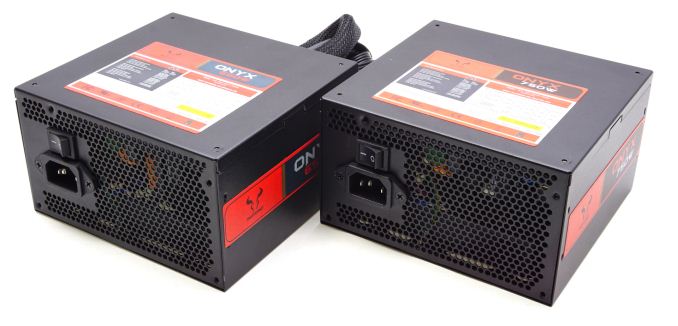
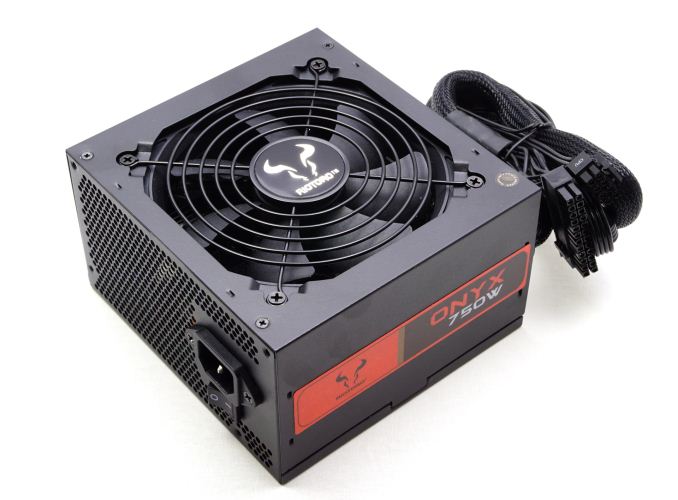
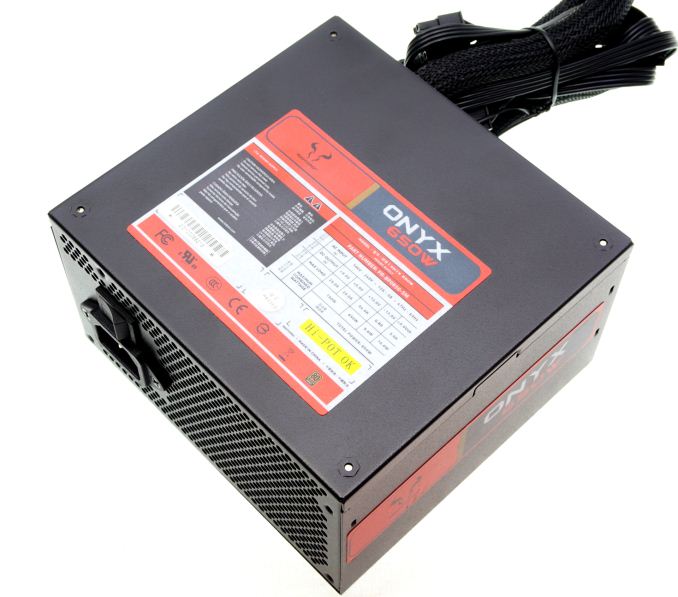
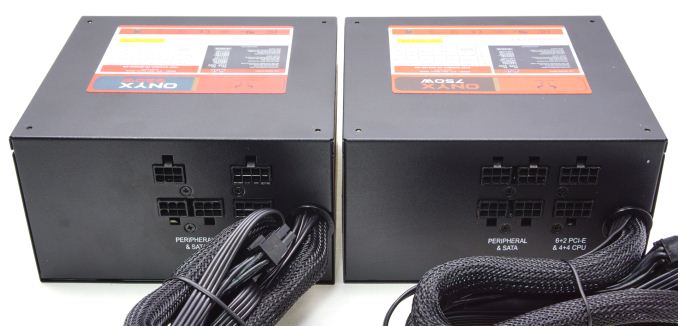
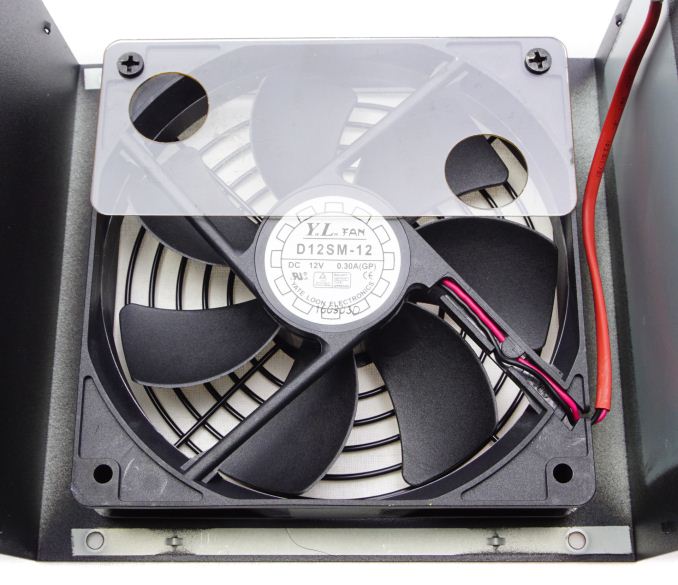
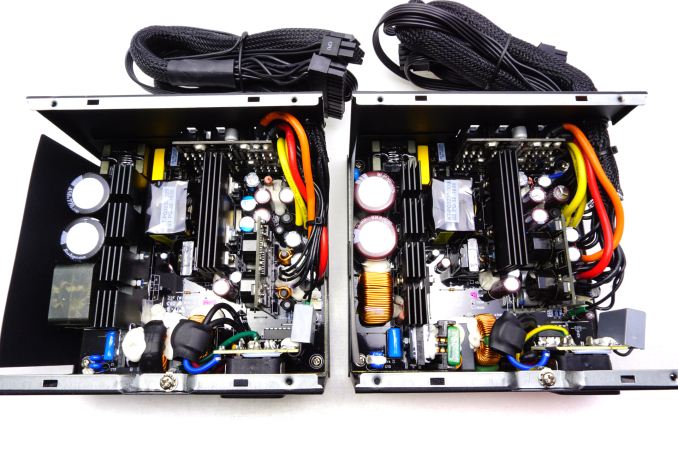


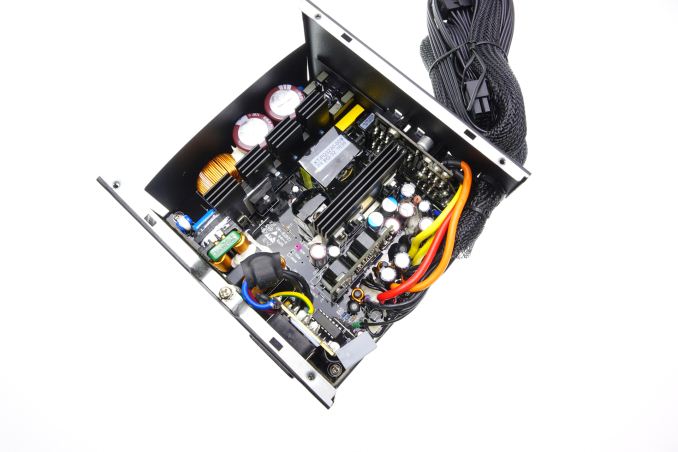
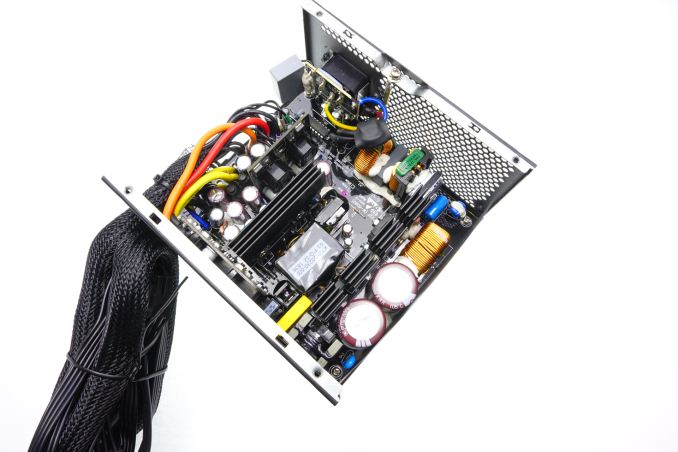








32 Comments
View All Comments
Cellar Door - Wednesday, March 29, 2017 - link
Nobody cares that you had a PSU fail - there are plenty of new companies that make great products and there are plenty of old companies that make bad products.Aaannnndd nobody cares what you are going to do.
t4murphy - Sunday, March 26, 2017 - link
Same here. Been using my 750 silencer for 9 yrs. Couple SLI builds and MoBo no. 5 still going strongBrokenCrayons - Friday, March 24, 2017 - link
Aw, be nice to them. They get a lot of unwarranted abuse from people already.bigboxes - Friday, March 24, 2017 - link
Yeah, I bought a FSP (Fortran) 700 watt power supply in 2006 for my first dual core build. I could've swore that AnandTech had recommended the damn thing. Can't find a link to support that. Guess my memory is going. I tried out FSP as alternative when Antech was going through their QC issues. That PSU lasted maybe a year and then died in a puff of smoke. Was so pissed. Lot of money down the drain. I had bought a Seasonic PSU for my file server and liked it enough that I went to Seasonic for my main rig on my next build. I spend the money now for reliability as my boxes remain up 24/7. No more unknown cheap knock off brands for boxes.kn00tcn - Wednesday, March 29, 2017 - link
fsp is known to be one of the highest quality makers together with seasonic, both of them are suppliers to other brands like corsairyou people with your ignorance & single model failure stories that somehow represent an entire brand...
lefizz - Monday, March 27, 2017 - link
I bought a Tagan when they first came out probably based on the review. 18 months laters in took out my motherboard and cpu. Probably £400 worth of damage, luckily i was next to it when it failed or else i could have started a fire.On a side not i was working in an studio in London in the early 2000s and a few of the Dell workstations went up in smoke in spectacular fashion from damaged USB ports on the front. On one occasion one literally filled the studio with smoke in the 5 seconds it took for me to turn around and turn the machine off. It was a big studio, like a smoke bomb going off.
rocky12345 - Thursday, March 30, 2017 - link
I. had the same 700 watt Tagan was a great PSU. 2007-2014 I got my money's out of it. Heck it powered a Q6600@3.8Ghz Geforce 9800 GT ,Radeon HD 4870x2,Georce 580 & 680 GTX cards all overclocked over the years. What finally got it was a spider crawled into it and zap a flash of light and system went off.I took the cover off that's where I seen fried spider lol. I cleaned it up plugged it into a junker system and it worked fine. It worked two more years after the short out. Actually it still works I just upgraded to a newer unit. So either you got a bad unit or it was always running hot as the fans where small on those units. I was bummed when I found out they were gone.
DanNeely - Thursday, March 23, 2017 - link
BFG lasted from 2002 to 2010,when bought your card (2008 or later) they were a well established and highly recommended company at time; not an unknown upstart. And if their lifetime warranty was extravagant EVGA and XFX were both offering IIRC 5 years at the time. Both of the latter reduced theirs because of, and IIRC BFG was broken by, the rise of GPU compute and Crypto Coin mining resulting in much higher lifetime load times and consequently much higher than budgeted for failure rates.DanNeely - Thursday, March 23, 2017 - link
The really long warranties were also semi-supported for by nVidia insisting on card makers taking large numbers of low end GPUs to get full access to the premium parts. This stuck them with more budget cards than they could easily sell, a number of them were used up providing warranty replacements for similar performing older high end cards. eg my GTX6800 was replaced with a GT8500 when 3 or 4 years old.feelingshorter - Thursday, March 23, 2017 - link
I owned a BFG 6600GT and that dates back to 2005 and then bought a 8800GT as well, which was before compute or CUDA cores. Wasn't until the 8800GTX that CUDA cores even came on the market. I don't even remember any notable use for compute back then, even wikipedia says Bitcoin was founded in 2009 and earliest reviews for the 8800GTX was 2006. Feels like BFG failed due to the warranties because GPUs start to fail en mass right after 2 years more so than over usage of compute for mining.